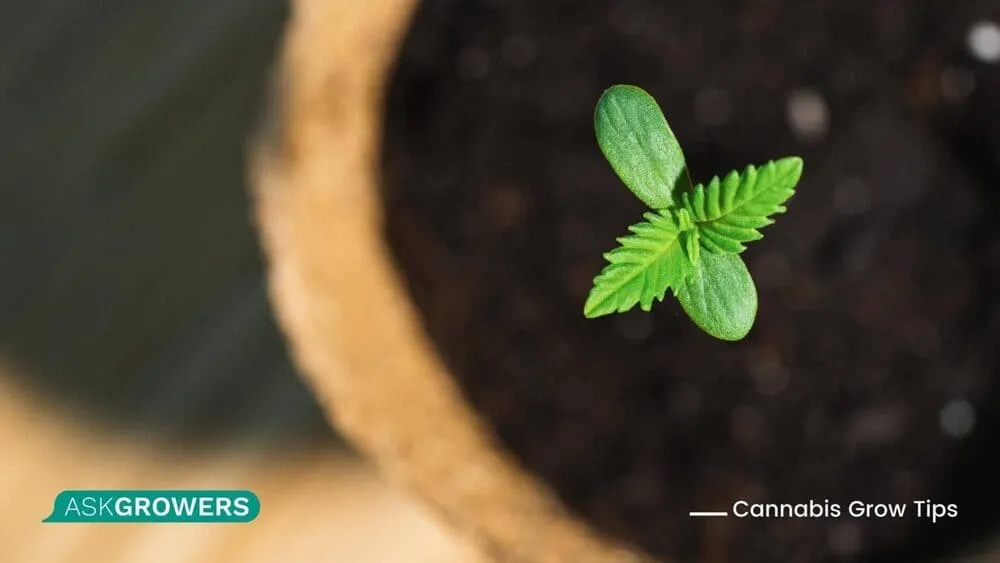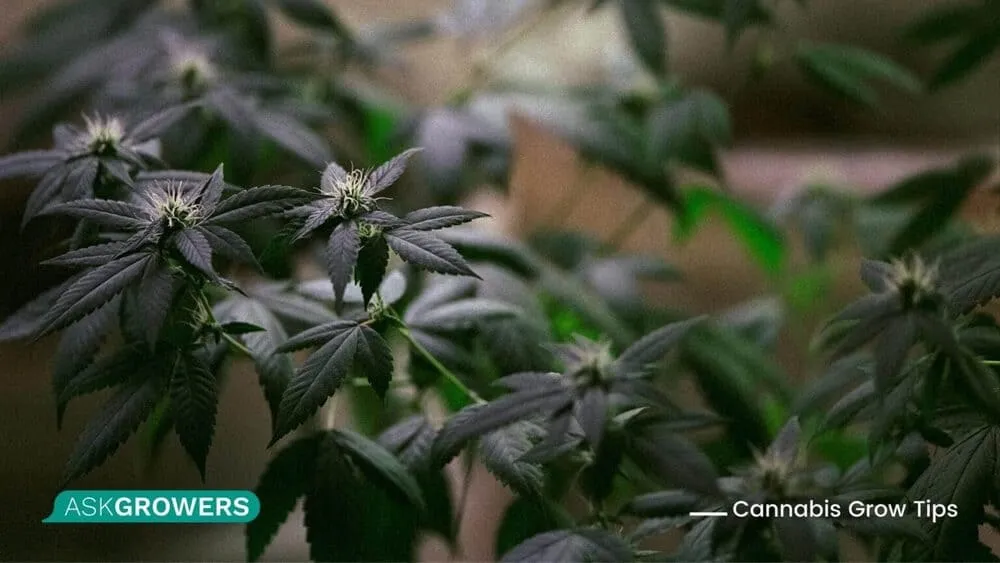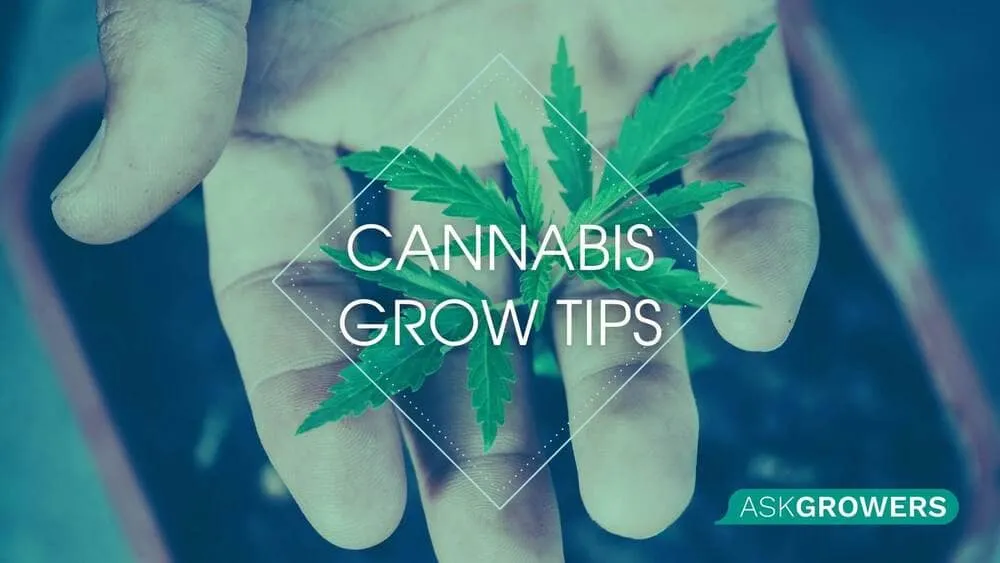Cannabis cultivation is a fulfilling hobby. If you invest much time and energy in growing marijuana, you can see, smell, and smoke the fruits of your labor. However, achieving a generous yield is not a simple task, as there are many factors you need to keep in mind to support plant growth at each stage. Evidence shows that many growers adopt chemistry and plant science methods and rigor to achieve the desired results. This short guide presents the most useful, evidence-based cannabis grow tips for different stages of the lifecycle. If you need more detailed guidance, check this article.
Germination Stage
If you choose to start from scratch and grow your weed from seeds, you need to be able to select the right ones and create a favorable atmosphere for their germination. So, here are the main grow tips for weed to consider:
- Opt for feminized weed seeds. A big disadvantage of growing from seeds is that half of the crop will be male plants, which are useless for growers. By using feminized seeds, you eliminate the necessity of tracking the sex of the plants and weeding out male plants from the garden.
- Pay attention to how the seeds look. Choose brown, hard seeds and avoid green and cracked ones. Using reliable seed banks reduces the risk of purchasing bad or old seeds.
- Autoflowering marijuana seeds do not need light to kick-start the growing process, and it takes them shorter to germinate. If you choose photosensitive seeds, you will need artificial lighting to trigger the germination process.
- Use the popular paper towel method for seed germination to make things simpler.
Seedling Stage
When your seeds germinate, it’s time to give them more space and nutrients to facilitate further growth. Therefore, germinated seeds should be transported to the growing medium in a small pot. Avoid fertilizing the soil for now, as the seedlings do not require too many nutrients at this point.

However, other environmental conditions should be perfectly balanced:
- Soil pH between 6.5 and 7
- Relative humidity of 5 – 80%
- Lighting schedule (18 hours of light and 6 hours of darkness)
- Warmth (72 – 79°F)
It’s also crucial to choose the right pot size. Marijuana seedlings need a pot that does not restrict root system development while at the same time allowing it to absorb the water effectively.
If you ensure a stable and favorable environment for seedlings’ development, you will likely face no problems at this stage. Stunted growth occurs if you do not pay enough attention to one or several environmental factors (e.g., overwater the plants). So, if you notice that your plants grow slower than usual or do not grow at all, check whether you do everything right.
Vegetation
Vegetation is one of the most important stages of the plant lifecycle. At this point, your interventions play an essential role, as you need to deliver vital nutrients and preserve the right lighting schedule that you started at the previous stage. Outdoor growers do not need to control the lighting, as they allow nature to do its work.
However, both indoor and outdoor growers should feed the plants with fertilizers containing nitrogen (N), phosphorus (P), and potassium (K). It is recommended to change the ratio of these nutrients as plants grow bigger and approach the flowering stage. Product labels usually describe in detail how and when each fertilizer should be used.
Researchers also point out that it is important to remove male plants from the growing area as they appear. You need to inspect your garden every day to do this promptly, as sex signs may appear very quickly. Once you identify the male plants, eradicate them immediately before they start pollinating. Otherwise, you risk losing your yield.
The biggest challenge for inexperienced growers is to determine the sex. There are slight differences that show which plants should be removed:
- Look for female and male pre-flowers. Female plants release a pair of white hairs, while male plants develop little balls. If you are not sure about the gender, allow the sex signs to become more visible before removing the male plants.
- Male plants are often taller and have more leaves.
- Hermaphrodites having both male and female signs should be treated as male plants and removed from the garden.
Flowering
Flowering is the last stage of the lifecycle that allows you to enjoy the products of your work. This is when cannabis plants develop buds that you can use for medical and recreational properties.

To increase the yield at this stage, follow these simple tips:
- Change the lighting schedule by cutting the light hours.
- Prune excess leaves to let the light reach all buds.
- Maintain the temperature between 70-74°F and humidity between 45-50%.
- Adding carbon dioxide to the growing room may help maximize yield, as plants will have more “food” for bud development. Intake fans or CO2 burners are very effective for this purpose.
- Use bloom boosters containing phosphorus and potassium.
Choosing the Right Tools and Equipment
No grow marijuana tips can bring the desired outcomes if you are not using the tools. What tools do you need to grow weed indoors and outdoors?
Indoor tools:
- Grow/tent room
- Lights
- Containers
- Soil or any growing medium of your choice
- Thermo-hydrometer
- Intake and exhaust fans
- Water cans
- Trimming scissors
- Personal protective equipment (if you work with synthetic fertilizers)
- Fertilizers

The list of outdoor tools differs considerably because of the different environments:
- A spot that has access to direct sunlight
- Growing area (open soil or pots)
- Watering cans
- Water butt
- Nutrients (e.g., manure, compost, store-bought fertilizers)
- Insect nets
- Pruning shears
The list provided above is not exhaustive and contains the basic equipment. However, large-scale cannabis growers can always invest in more sophisticated tools for more effective control of the growing process.
Conclusion
The abundance of growing tips for cannabis cultivation may be overwhelming, especially given the conflicting information available online. Always consult reliable sources and seek the advice of expert growers. More importantly, learn to determine what your plants need, as the growing requirements may vary depending on the strain and environmental conditions.

